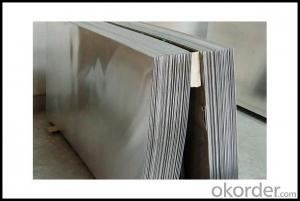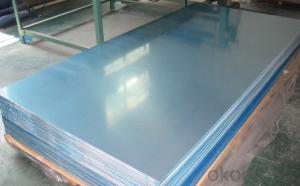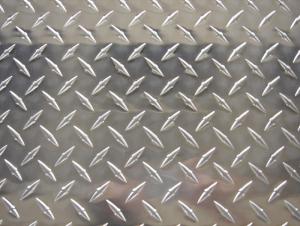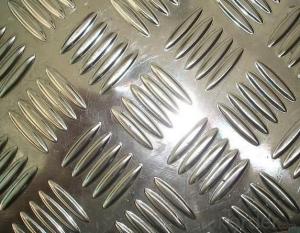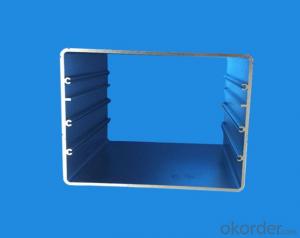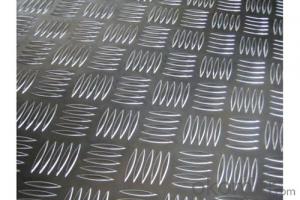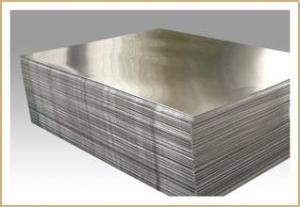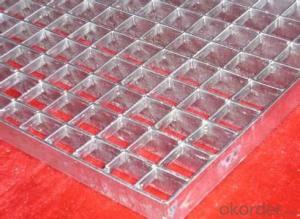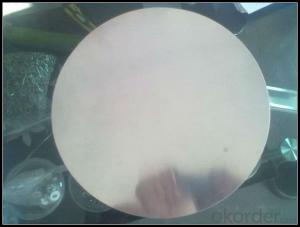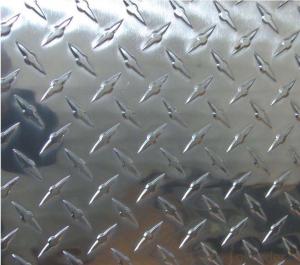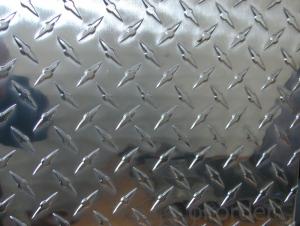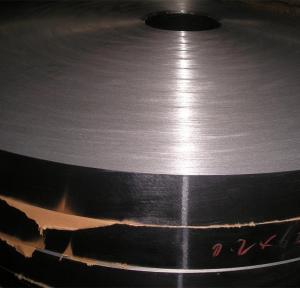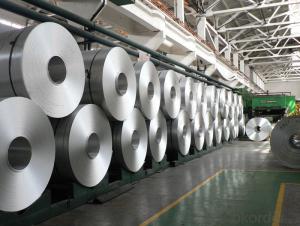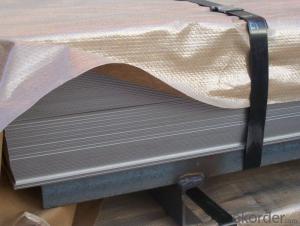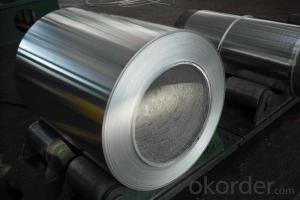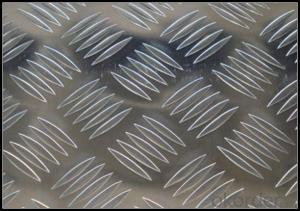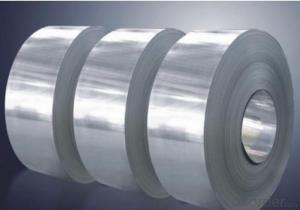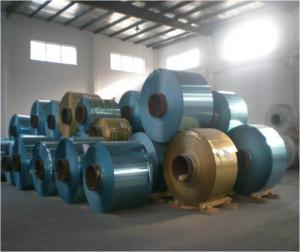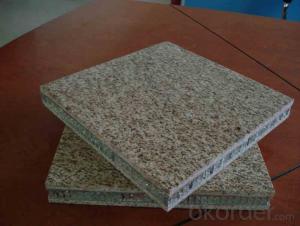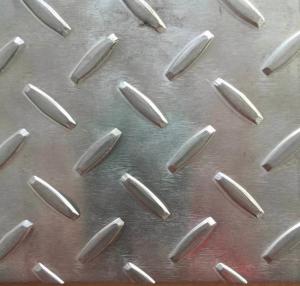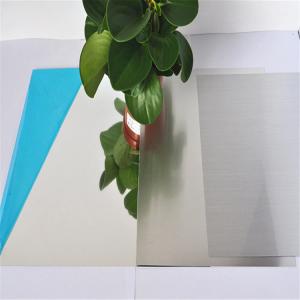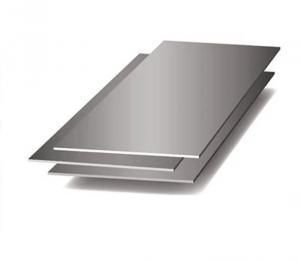1/8 Aluminum Diamond Plate
1/8 Aluminum Diamond Plate Related Searches
1/8 Diamond Plate Aluminum 1/8 Inch Aluminum Diamond Plate 1/8 Black Aluminum Diamond Plate 1/8 Inch Diamond Plate Aluminum 1/8 Aluminum Plate 1/8 Aluminum Diamond Plate 4'X8' Aluminum 1/8 Plate 4x8 Aluminum Diamond Plate 1/8 1 8 Aluminum Diamond Plate 4x8 1/8 Aluminum Diamond Plate Aluminum Plate 1/8 1/8 Inch Aluminum Plate 1 8 Inch Aluminum Diamond Plate 4x8 1/8 Diamond Plate Aluminum 3/8 Aluminum Diamond Plate 1/8 In Aluminum Plate 1/4 Aluminum Diamond Plate 1 8 Inch Diamond Plate Aluminum 1/8 Thick Aluminum Plate 1/2 Aluminum Diamond Plate 1/4 Aluminum Diamond Plate 4x8 Aluminum Plate 1/8 Thick 4x8 1/4 Aluminum Diamond Plate 1/4 Inch Aluminum Diamond Plate 1 8 Black Aluminum Diamond Plate 1/8 Inch Thick Aluminum Plate 1/16 Diamond Plate Aluminum 1/4 Diamond Plate Aluminum 4x8 1 8 Aluminum Diamond Plate 1 8 Aluminum Diamond Plate 4 X81/8 Aluminum Diamond Plate Supplier & Manufacturer from China
1/8 Aluminum Diamond Plate is a popular choice for various applications due to its lightweight, corrosion-resistant, and slip-resistant properties. This type of aluminum plate features a diamond pattern on its surface, providing excellent traction and durability. It is commonly used in industries such as construction, marine, and transportation for applications like flooring, stair treads, and ramps.The 1/8 Aluminum Diamond Plate is widely utilized in environments where safety and slip resistance are of paramount importance. Its non-slip surface ensures a secure footing, reducing the risk of accidents and injuries. Additionally, its lightweight nature makes it an ideal material for applications where weight is a concern, such as in the construction of walkways, platforms, and ramps. The corrosion resistance of this aluminum plate also makes it suitable for use in marine environments, where it can withstand exposure to saltwater and harsh weather conditions.
Okorder.com is a leading wholesale supplier of 1/8 Aluminum Diamond Plate, offering a vast inventory to cater to the needs of various industries. With a commitment to quality and customer satisfaction, Okorder.com ensures that the 1/8 Aluminum Diamond Plate is available in various sizes and specifications to meet the diverse requirements of their clients. By partnering with Okorder.com, customers can benefit from competitive pricing, reliable service, and a wide selection of 1/8 Aluminum Diamond Plate products to choose from.
Hot Products
